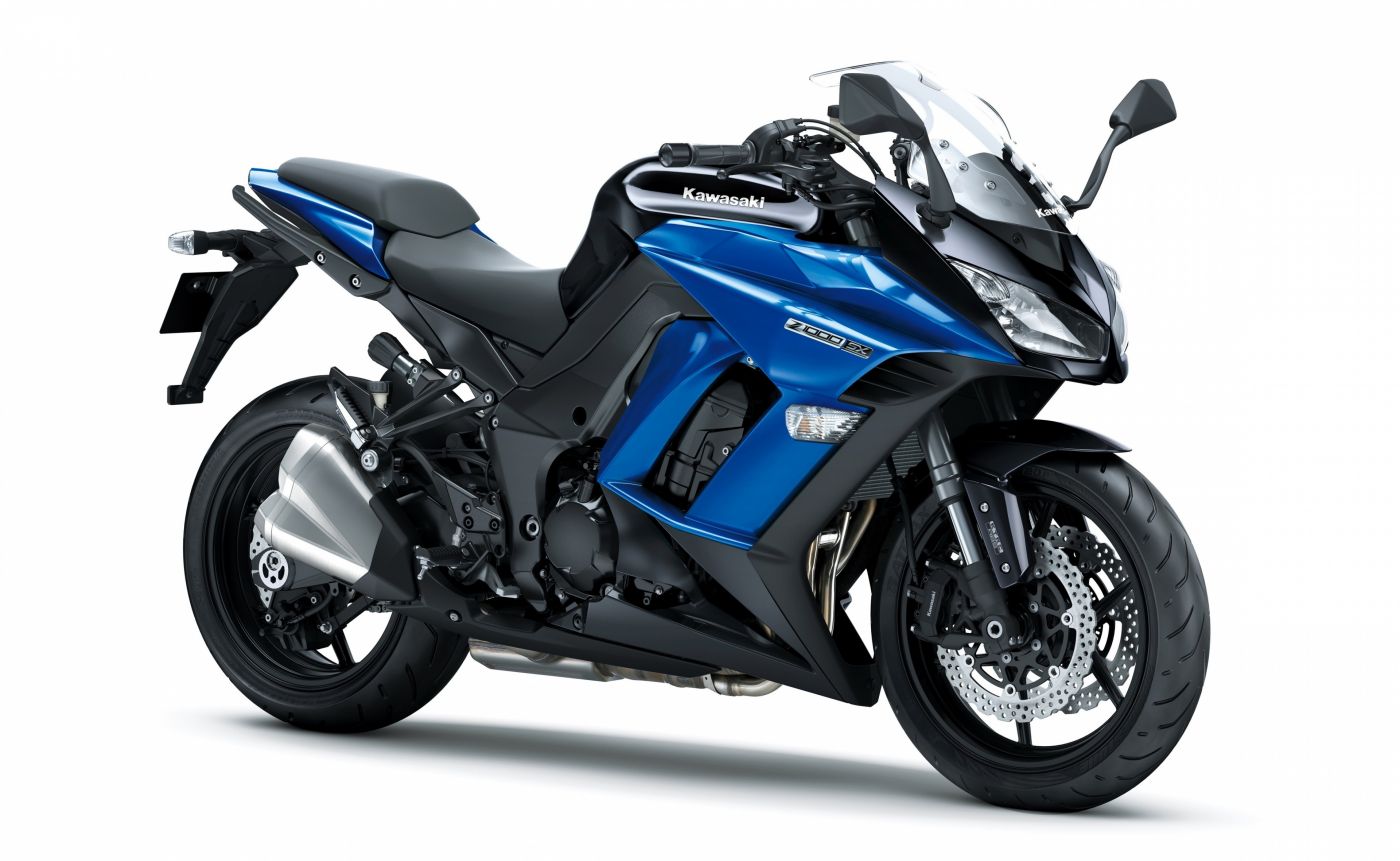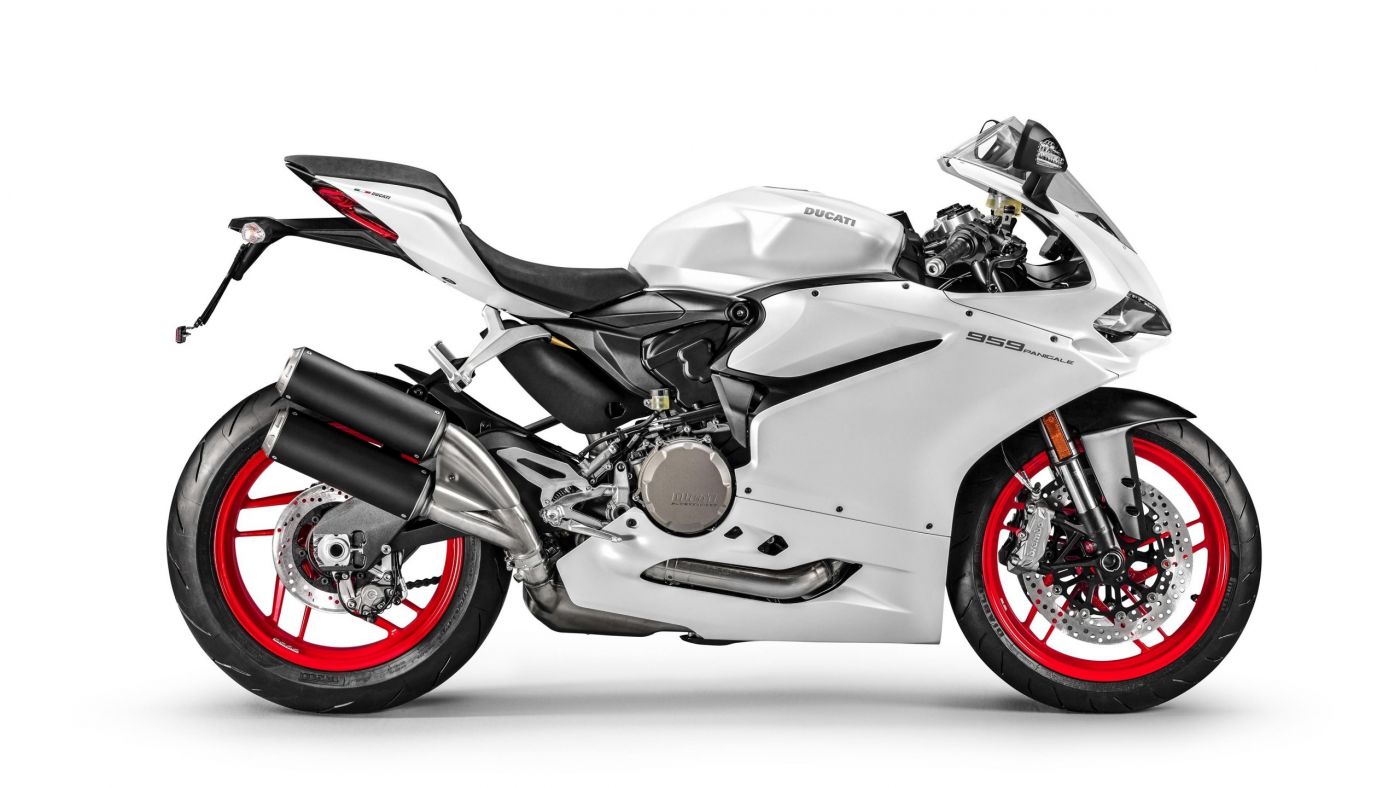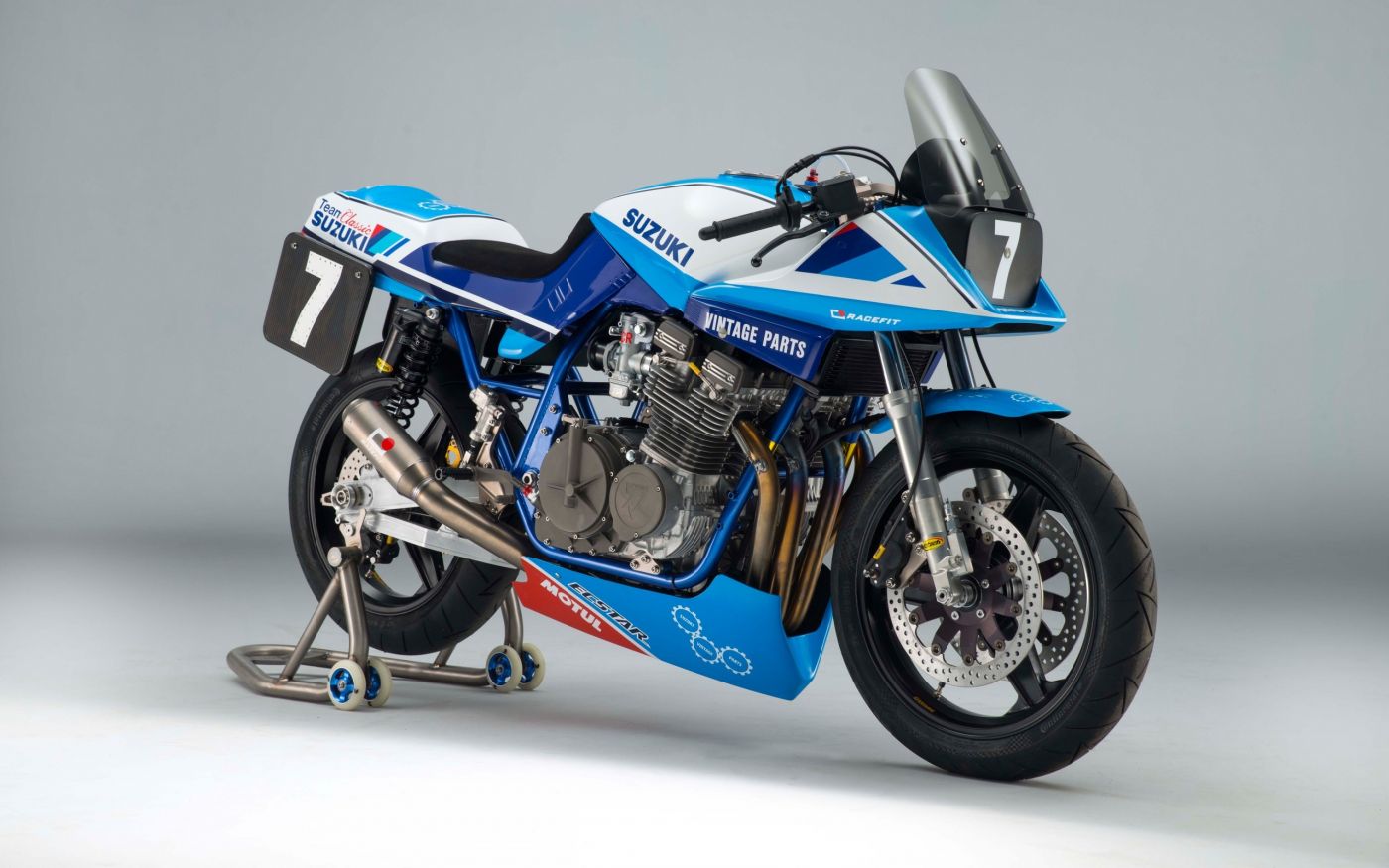Comparing Motorcycle Headlight Regulations Across Different Countries and Regions | Essential Details Every Modification Enthusiast Should Know
Bliauto compares motorcycle headlight regulations across countries and regions, giving modification enthusiasts essential legal details. Learn how Brand Manufacturers Motorcycle Headlight and Manufacturing Motorcycle Headlight practices affect compliance worldwide.
- I. Introduction—Why You Can’t Modify Headlights at Will
- II. General Framework of Motorcycle Lighting Regulations
- III. Country/Region Key Comparisons and Practical Tips
- 1) United States (FMVSS 108 / NHTSA)
- 2) Europe / United Kingdom (UNECE + Local Regulations / MOT)
- 3) Australia (ADR System)
- 4) China (GB Standards + Local Enforcement)
- 5) India (AIS / CMVR System)
- IV. Technical Traps in Headlight Modification—8 Common Mistakes and How to Avoid Them
- V. Recommended Compliance Steps
- VI. Legal and Liability Considerations
- VII. BLIAUTO’s Ten Practical Tips for Modification Enthusiasts
- VIII. Frequently Asked Questions (Q&A)
- IX. Conclusion—Safety Over Style, Compliance Equals Peace of Mind
I. Introduction—Why You Can’t Modify Headlights at Will
For many motorcycle modification enthusiasts, upgrading to brighter LEDs, adding projector lenses, or switching to white light “for a cooler look and better visibility” are common choices.
However, headlights directly affect road visibility and the risk of glare to oncoming drivers. Many countries have specific legal and technical requirements regarding beam pattern, light color, mounting position, illumination height, and switching behavior.
Careless modifications may lead to failed inspections, fines, or even liability in the event of an accident.
In this article, BLIAUTO compares the regulatory frameworks of major countries and regions, explaining key differences, modification tips, and common compliance pitfalls—followed by a practical Q&A section.
II. General Framework of Motorcycle Lighting Regulations
Different countries and regions regulate motorcycle lighting through two main systems:
National or Regional Standards and Laws—such as the U.S. Federal Motor Vehicle Safety Standards (FMVSS), Australia’s ADR (Australian Design Rules), or China and India’s national standards. These apply to manufacturing, imports, and vehicle inspections.
UNECE (United Nations Economic Commission for Europe) Technical Regulations—adopted by the EU, the UK (post-Brexit local equivalents), and many countries aligned with UNECE type-approval (e.g., UNECE Regulation R53 for two-wheeled vehicles).
In short:
Before modifying, confirm whether your country follows FMVSS / ADR / GB / AIS (national systems) or UNECE (European framework), as the certification, allowed beam patterns, and mutual recognition differ between these systems.
III. Country/Region Key Comparisons and Practical Tips
1) United States (FMVSS 108 / NHTSA)
Key Points:
Motorcycle headlights fall under FMVSS 108 (lamps, reflective devices, and associated equipment) managed by NHTSA. Unapproved LED or projector headlights may be deemed noncompliant.
NHTSA guidance and precedent focus on beam pattern equivalency and glare control.
Practical Tip:
Look for products marked FMVSS 108 compliant or DOT approved, but verify authenticity—fake markings are common. Enforcement varies by state, but in accidents, noncompliant headlights can affect liability and insurance claims.
2) Europe / United Kingdom (UNECE + Local Regulations / MOT)
Key Points:
The EU and most European countries follow UNECE R53 (installation and photometric standards for motorcycles). Lamps must bear an E-mark showing type approval.
The UK MOT inspection manual includes specific checks for beam alignment, dip function, and symmetry.
Practical Tip:
Choose headlights with a genuine E-mark (e.g., E11 for the UK). Avoid modifying beam patterns (e.g., turning a low beam into a high beam), which often leads to MOT failure.
3) Australia (ADR System)
Key Points:
Australia uses the ADR framework—especially ADR13 and ADR19 for motorcycle lighting. Group L vehicle standards are strict, and LED lights must meet ADR approval or certification.
Practical Tip:
DIY headlight conversions are high-risk. Only use products clearly marked as ADR-compliant or certified through an engineering pathway.

4) China (GB Standards + Local Enforcement)
Key Points:
China enforces updated GB national standards such as GB 19152-2016 for motorcycle headlights, defining requirements for color temperature, intensity, beam pattern, and daytime running lights (DRL).
Non-standard white/blue lamps or DRLs are commonly flagged during inspection.
Practical Tip:
While the aftermarket is active, unapproved lamps risk fines or mandatory removal during inspection. For imported/exported products, confirm compliance with the target market’s standards.
5) India (AIS / CMVR System)
Key Points:
India regulates lighting via AIS (Automotive Industry Standards) and CMVR (Central Motor Vehicles Rules). Standards like AIS-010 define headlamp performance, beam patterns, and mounting details.
Recent reforms tightened control over LED and DRL usage.
Practical Tip:
Ensure products carry AIS markings and are approved by ARAI or other recognized bodies to avoid registration or road legality issues.
Note: Other regions (e.g., Japan, Brazil, and South Africa) have similar systems—some adopting UNECE standards, others using independent national rules. Always verify the local regulation governing “motorcycle lighting and installation.”
IV. Technical Traps in Headlight Modification—8 Common Mistakes and How to Avoid Them
Disrupted Beam Pattern—Replacing a reflector with a projector (or vice versa) without recalibration can cause glare or poor illumination.
→ Use certified components with approved beam patterns.
Incorrect Color Temperature or Light Color—Many laws restrict headlamp color to “white or selective yellow.” Excessive blue or high-K LEDs (>6000K) may be illegal or unsafe.
Overly Intense Light Output—Installing high-wattage LEDs without proper optics can exceed brightness limits and cause glare.
Noncompliant High/Low Beam Switching—Some countries require specific cutoff behaviors when switching beams (e.g., the UK mandates a clear “dip” for low beams).
Improper DRL or Position Lamp Installation—DRLs must not interfere with turn signals or high/low beam logic; brightness and location are regulated.
Incorrect Mounting Height or Aim—Poor headlight alignment causes glare or underlighting. Always calibrate using manufacturer or legal specs.
Fake or Unverified Certifications— “DOT” or “E-mark” logos can be forged. Request actual documentation from suppliers.
Electrical or Thermal Issues—LED conversions without proper load balancing or heat dissipation can damage wiring or shorten lamp lifespan.
V. Recommended Compliance Steps
Identify your applicable legal framework: FMVSS / UNECE / ADR / GB / AIS.
Select certified products with genuine DOT / SAE / E-mark / ADR / GB / AIS approval.
Have the headlights professionally installed and aimed.
Keep certificates and purchase records—useful in inspections or insurance disputes.
For major modifications (e.g., halogen to LED), consult a testing authority or use an engineering certification route if available.

VI. Legal and Liability Considerations
Administrative Penalties:
Fines, failed inspections, or mandatory reversion to stock components.
In the UK or Australia, vehicles with noncompliant lighting fail MOT or roadworthiness checks.
Civil/Criminal Liability:
In accidents involving glare or reduced visibility, illegal modifications can increase driver fault and void insurance coverage.
Commercial Risks:
Sellers of uncertified lamps may face recalls, fines, or legal action.
VII. BLIAUTO’s Ten Practical Tips for Modification Enthusiasts
Always check your country’s lighting regulations before modifying.
Prefer headlights with genuine certifications and documents—not just packaging marks.
For cross-border riders (e.g., within the EU), choose UNECE E-mark-approved lights.
Aim and test your headlights after installation—avoid glare.
Avoid chasing excessive brightness or ultra-high color temperatures (>6000K).
Don’t use automotive projectors on motorcycles—mounting height and beam patterns differ.
Keep purchase receipts and certificates for inspections.
Focus on optical efficiency and thermal management, not wattage.
Consult professional installers or engineers when in doubt.
Stay updated—many countries now regulate LED, DRL, and auto-leveling systems more strictly.
VIII. Frequently Asked Questions (Q&A)
Q1: Can I replace halogen bulbs with LED ones without penalty?
A: It depends. If your LED kit is certified and installed correctly, it may be legal. If uncertified or altering the beam pattern, it may fail inspection or attract fines.
Q2: If my lamp says “DOT” or “E-mark,” is it automatically compliant?
A: Not necessarily. Verify that the marking matches a valid certificate and model. Fake or misused marks are common—always request documentation.
Q3: What if my modified headlight fails inspection?
A: You’ll usually need to restore OEM equipment or replace it with compliant parts. Some countries allow special engineering approval at an additional cost.

Q4: Can I install a bright auxiliary light bar?
A: Only under specific conditions. Many laws restrict light bars to off-road use or high-beam assistance—not for city or highway use. Check local ADR/UNECE rules and install a dedicated switch.
Q5: Can I use imported headlights when registering my bike?
A: If your country recognizes the same certification system (e.g., E-mark lamps within the EU), yes. Otherwise, additional approval or replacement may be required.
IX. Conclusion—Safety Over Style, Compliance Equals Peace of Mind
Headlight modification can improve visibility and personalize your motorcycle, but it also involves safety and legal responsibility.
At BLIAUTO, we believe that compliance, optical precision, and professional installation should always come first.
Do your research, choose certified parts, and keep documentation.
That way, you’ll enjoy brighter, safer rides—without legal or safety risks.
Learn more about our automotive lighting products.

Bliauto Motorcycle Headlight - Model C1H-WA: High-quality LED design from leading brand manufacturers of motorcycle headlights. Precision Manufacturing Motorcycle Headlight ensures high visibility, durability, and easy fit for all riders.

Bliauto Motorcycle Headlight - Model C1H-HL: High-quality brand motorcycle headlight with durable LEDs, easy installation, and high-beam performance. Trusted brand manufacturers motorcycle headlights for safety. Choose Manufacturing Motorcycle Headlight quality.

Bliauto Motorcycle Headlight - Model C1H-LR: High-quality, durable lighting for motorcycles. Trusted Brand Manufacturers Motorcycle Headlight with precision manufacturing motorcycle headlight processes. Choose Bliauto Brand Motorcycle Headlight for safety and performance.

Bliauto JS1 Jump Starter – Reliable Power On-the-Go As a brand manufacturer & wholesale jump starter supplier, Bliauto delivers high-quality portable power solutions. The JS1 Jump Starter provides instant engine starts, USB charging, and durable performance—ideal for emergencies. Trusted by professionals, it’s compact, safe, and backed by expert engineering. Wholesale options are available—power up with Bliauto! Optimized for SEO with target keywords while maintaining clarity and brand authority. Let me know if you'd like refinements!
Connect with Bliauto for Automotive LED Lights Solution
Bliauto is dedicated to designing innovative automotive LED lighting systems. Let's talk about your needs!
© 2025 Bliauto All Rights Reserved.

Bliauto
Bliauto Light
Bliauto
Bliauto Light
Bliauto
Whatsapp: +8618811846160